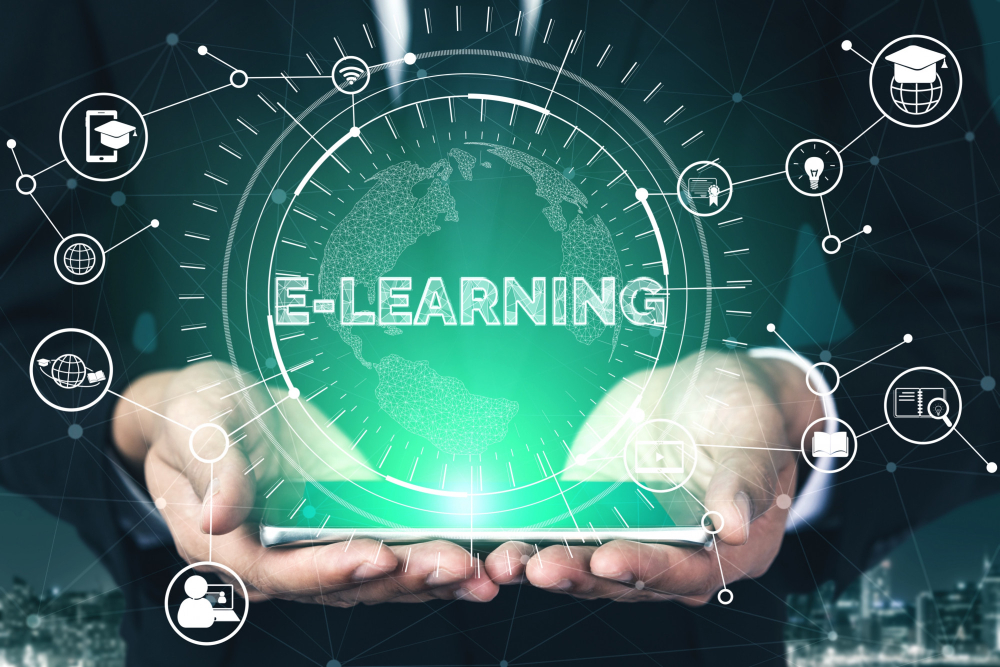Revolutionary changes are shaping contemporary eLearning through microlearning advancements. Understanding microlearning entails recognizing its focus on delivering bite-sized content tailored to enhance comprehension and retention. This educational strategy significantly impacts corporate training by providing fast, actionable knowledge. As digital landscapes evolve, demand for more personalized and efficient training solutions rises, placing microlearning at the forefront. Its quick, concentrated lessons are not only time-saving but have been proven to improve learner engagement and application.
Microlearning offers numerous benefits that surpass traditional learning methodologies. With the continuous narrowing of attention spans, microlearning caters to modern learners by providing shorter, sharper engagements. This content style is flexible, compatible with mobile technology, and can be easily integrated into daily routines without overwhelming the learner. Employees can absorb and apply new information more effectively, translating to better organizational productivity. Moreover, the autonomous nature of microlearning fosters self-discipline and motivation, as learners have control over their educational journey.
In exploring trends for 2025, technology continues to play a pivotal role in microlearning’s evolution. Personalized learning pathways are expected to soar, driven by AI and data analytics that tailor content to individual needs and preferences, maximizing effectiveness. Gamification, another rising trend, introduces elements of play to boost engagement and motivation. Additionally, immersive technologies like augmented reality (AR) and virtual reality (VR) are anticipated to create realistic scenarios, enabling experiential learning and better retention of complex concepts.
The science of learning underpins microlearning methodologies, emphasizing cognitive aspects that aid memory retention and comprehension. Research indicates that breaking information into chunks aligns well with how our brains process data, making learning less overwhelming and more accessible. The spacing effect, a proven technique within cognitive psychology, enhances long-term retention by spreading out learning. Leveraging these scientific principles, microlearning efficiently embeds information into memory, surpassing the rote memorization of traditional training.
Moreover, the delivery methods of microlearning are diverse and technology-driven. Video-based learning is among the top preferred mediums due to its visual and interactive qualities. Simulation tools also offer hands-on practice opportunities, crucial for skill-building. Social learning platforms encourage collaboration and sharing of insights, fostering community engagement. Accessibility plays an essential role, as microlearning leverages mobile devices, allowing on-the-go learning and catering to diverse, global audiences.
Looking towards the future, integrating microlearning with organizational strategies is vital for remaining competitive. Companies must recognize the value of ongoing training and development facilitated by effective microlearning solutions. This involves continuous reassessment and adaptation of training materials to reflect industry changes and workforce needs. By investing in these strategies, businesses not only enhance their training efficiency but also build a knowledgeable, agile workforce well-equipped to meet the challenges of tomorrow.
In conclusion, microlearning is reshaping the educational landscape, particularly within corporate environments, by offering compelling, scientifically-backed learning methodologies. As we approach 2025, the integration of cutting-edge technology and cognitive science will further elevate its standing within eLearning. Organizations must embrace these advancements to maintain their competitive edge, ensuring their employees are both informed and equipped to thrive in an ever-evolving world. Recognizing the transformative power of microlearning will continue to redefine learning as we know it, well into the future.
